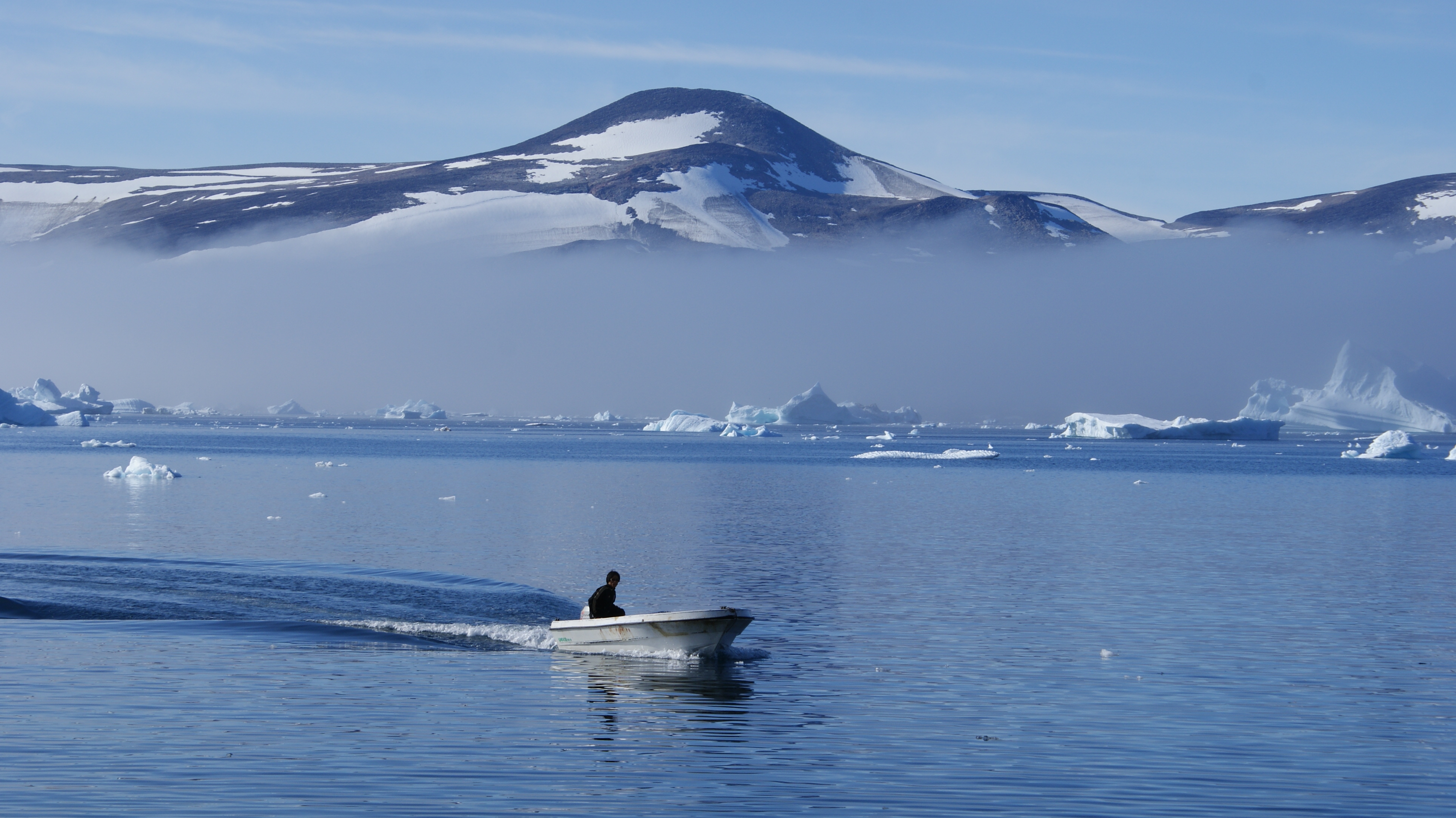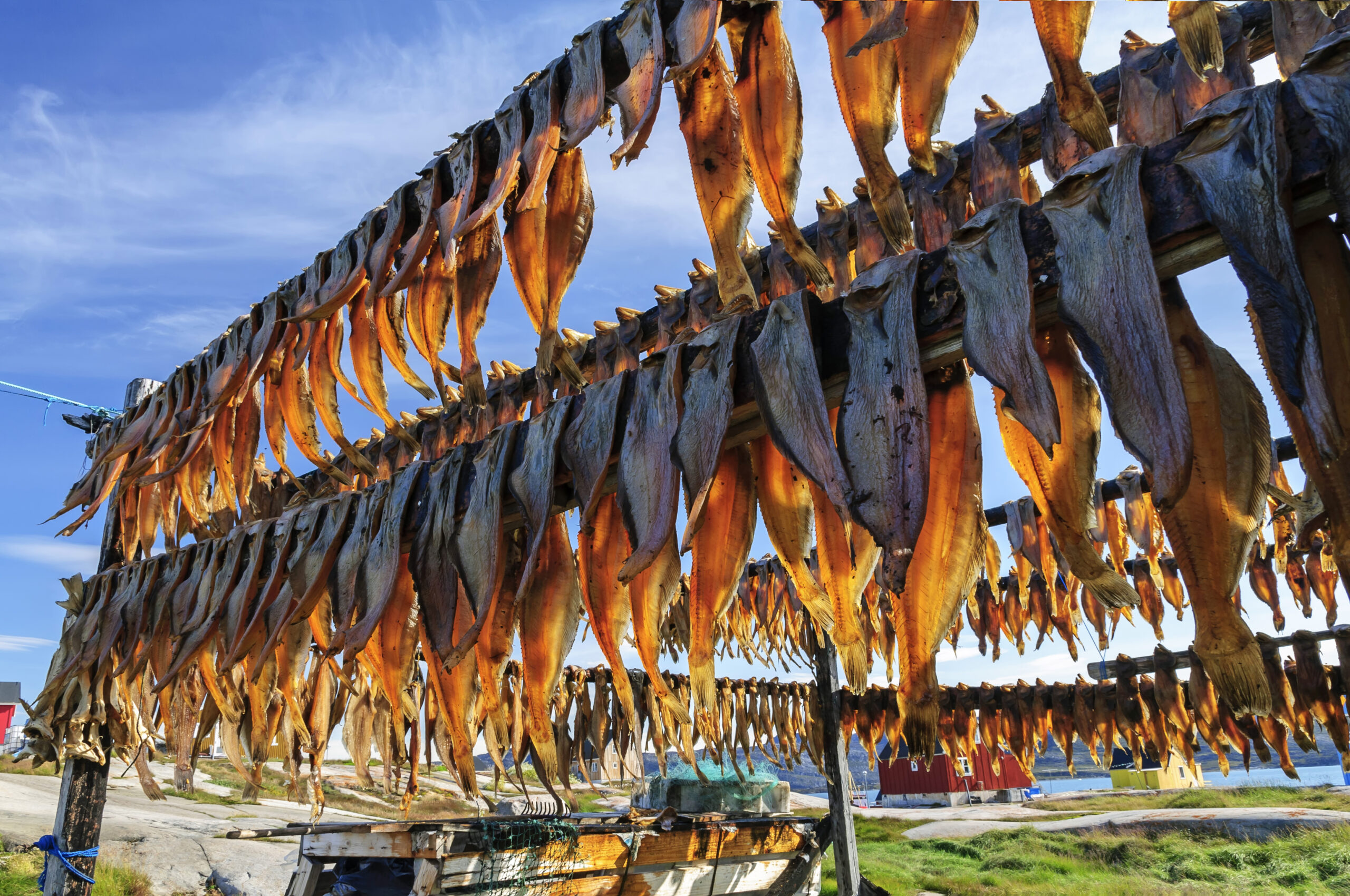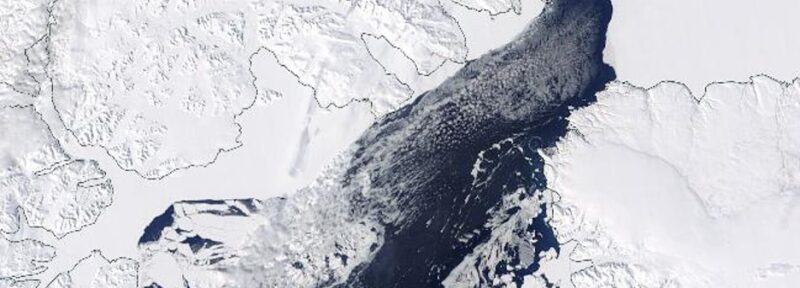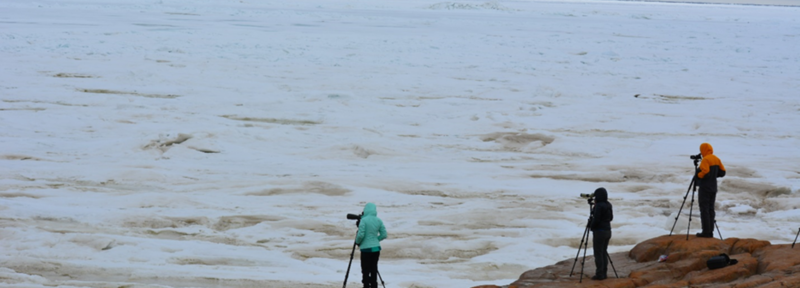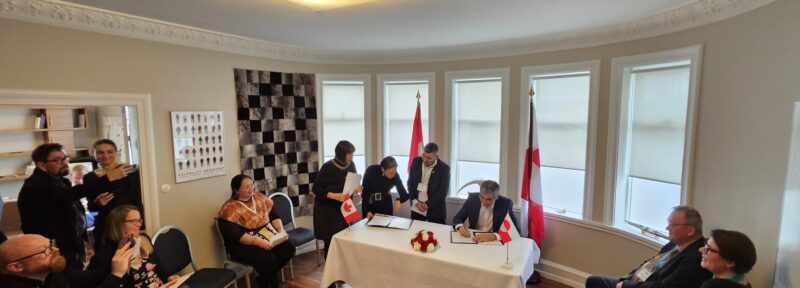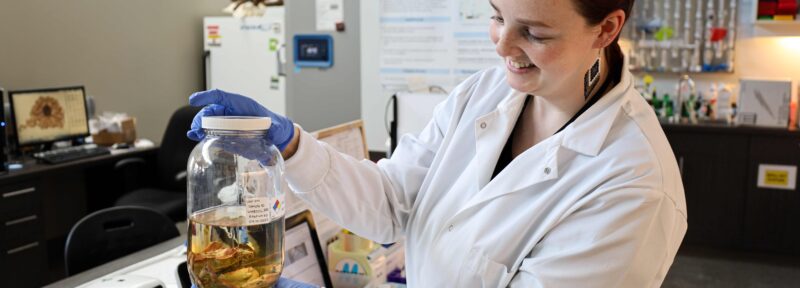Tapping into Hunters’ Knowledge Ensures Better Wildlife Management in Greenland
Hunting boat in southern Melville Bay, Greenland.
Ilitariyauyuq: Algkalv
Hunters in Greenland earn a livelihood providing food for their families and communities. In doing so, they continue an age-old practice deeply rooted in respectful relationships among people and animals. Hunters’ safety and success depend on extensive knowledge of their environment and the ability to recognize and respond to changes, large and small, slow and fast, while they are out on the land, ice, snow, and water.
At the same time, wildlife management in Greenland is carried out in a web of biological reality, international commitments, scientific principles, and hunters’ experience. This is no easy task, involving dozens of communities in five municipalities along most of Greenland’s coast, as well as numerous populations of marine mammals, seabirds, and fishes—several shared with other countries.
Not surprisingly, it is difficult if not impossible to make everyone happy all the time. This is true even for species that are doing well, where the challenge is to allocate the harvest among many communities within, and sometimes beyond, Greenland, while trying to maintain healthy populations of animals. When a species or population is not doing well, this allocation is harder, because something has to change, and that something is often the size of the harvest.
With all this in mind, effective management requires good information. It is a big help if everyone has the same understanding of the same information. In practice, though, there are often big differences in perception and interpretation. For example, the results of aerial surveys of marine mammals may differ from the way hunters on the water see the same situation. An increasing population of one species may seem like good news to some people, but a sign of imbalance in the ecosystem to others. When one’s ability to put food on the table or earn a living is at stake, such differences can become the source of passionate debates and controversies.
Greenland halibut air drying.
While there are no simple solutions to these dilemmas, there are also strong foundations for cooperation and progress. No one wants to lose the abundance within Greenland’s waters. Sustaining its fishes, birds, and mammals is thus a common goal for everyone. While hunters have an obvious interest in harvesting the animals, they are also the ones most dependent upon keeping the populations healthy. The hunters are also out on the land and water more than anyone else, so gathering their observations and insights can be a huge benefit to scientists and managers as well.
In this regard, a collaboration of hunters and managers called the PISUNA project in North West Greenland shows great promise, as was recently recognized by the Nordic Council’s 2018 Environmental Award. The name is an acronym from the Greenlandic name Piniakkanik Sumiiffinni Nalunaarsuineq, which means “Opening Doors to Native Knowledge.” Hunters provide their observations of the environment and animals, making note also of ecosystem connections and effects that help explain what they see. By making hunters’ observations accessible, PISUNA contributes to a body of shared information and helps create a more comprehensive view of Greenland’s marine ecosystems. And if hunters have more confidence in the information used in wildlife management, they are more likely to support the management measures that are put in place.
The idea that hunters can participate in gathering information and in wildlife management is also the premise of co-management organizations in northern Canada and Alaska. Cooperation of this kind does not resolve all conflicts or controversies, but it can provide a means for hunters, scientists, and managers to share ideas and better understand one another’s needs and perspectives. Such cooperation must go beyond a one-way flow of information from hunters to scientists and managers. The more opportunities there are for all three groups to talk together and find common ground, the better. Finding the time and resources is always a challenge, but the investment in hunters’ involvement is likely to pay big dividends.
Henry P. Huntington is the Arctic science director for Ocean Conservancy.

